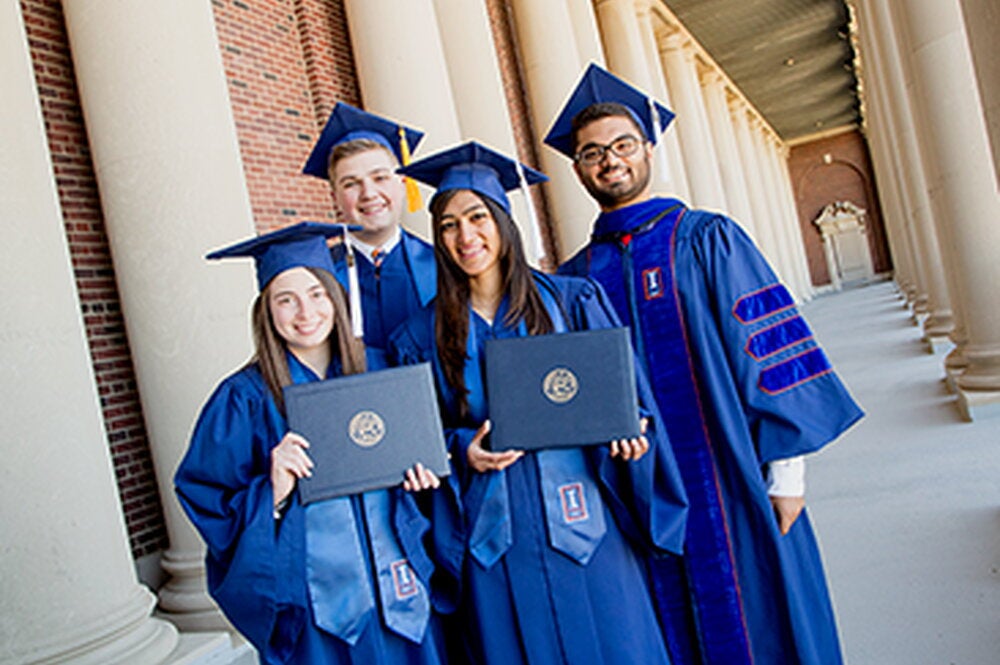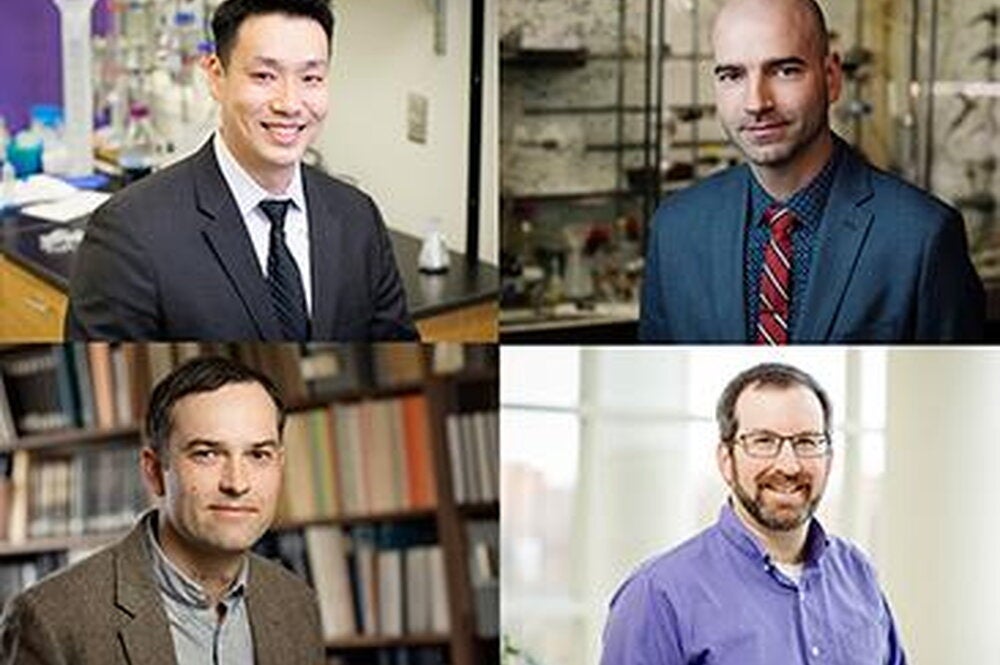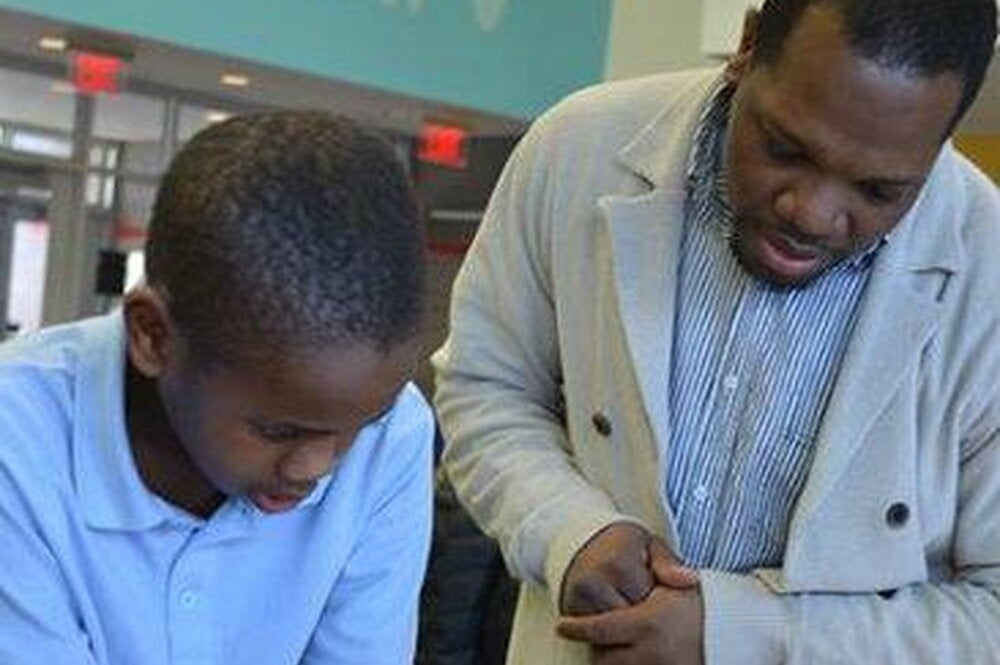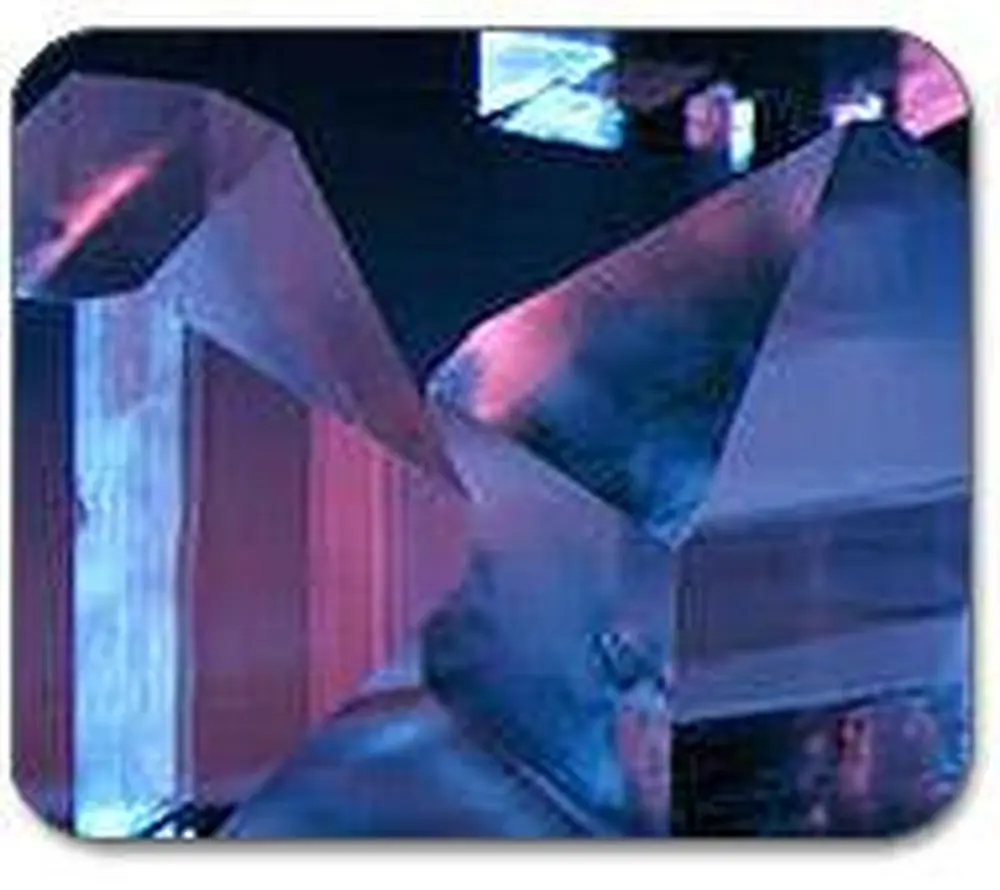
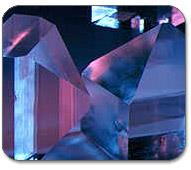
By identifying the structure of a molecule, scientists are able to predict its properties and behavior, information that is important for understanding chemical reactions and conducting research experiments. Now, researchers in LAS have developed a way to identify these structures faster and with greater accuracy than ever before.
Seeing inside molecules takes more than a microscope; the molecules are first hit by x-rays, and then the diffracted wave patterns are recorded and used to determine the 3D structure. The most frustrating aspect of this work for crystallographers, the scientists who map molecular structures, is overcoming the "phase-problem," or filling in the missing information that can't be obtained from the wave patterns. Solving the phase-problem is tedious work and the trial and error method that scientists have been forced to use doesn't guarantee accurate results.
Nikolaos Sahinidis, professor of chemical and biomolecular engineering, and graduate student, Anastasia Vaia have developed an algorithm that takes the guess and check work out of crystallography. Results have been excellent with the new method allowing them to identify many structures that have previously been a mystery.
